Architectural Wonders of Osaka Awaits
Join our free walking tour and dive into Osaka's rich architectural landscape, showcasing stunning structures and cultural gems. I like architecture!
Time
3 Hours
Stops
9 Places
Distance
7.4 km
Osaka Castle
Begin your tour at Osaka Castle, a stunning example of Japanese architecture with a rich history dating back to the 16th century.
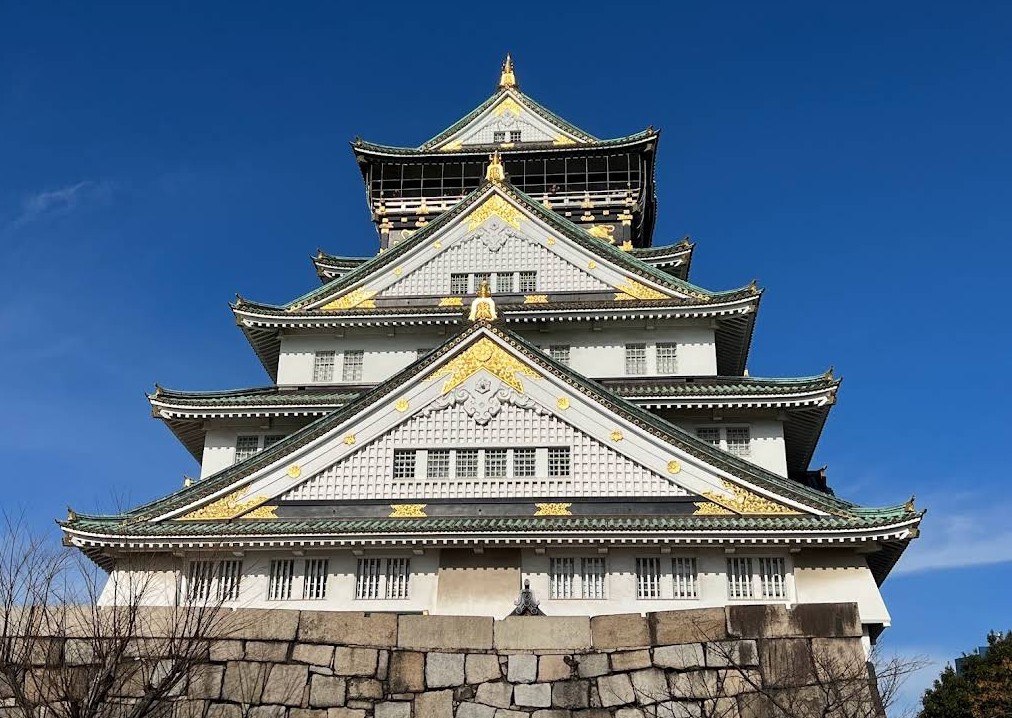
Osaka Castle (Source: Google Maps)
Osaka Castle, a historic symbol of Japan, was originally built in the 16th century by Toyotomi Hideyoshi. This stunning structure features a distinctive multi-tiered roof and intricate woodwork, reflecting the architectural style of the era. Surrounded by beautiful gardens, the castle was strategically located to defend against invasions, and its walls were reinforced with massive stone blocks. Today, it serves as a museum, showcasing artifacts and exhibits that tell the story of its historical significance and the unification of Japan. The views from the top provide a panoramic perspective of Osaka, making it a must-visit landmark.
Osaka Museum of History
Just a short walk from Osaka Castle, this museum offers insights into the city's past, set within a modern architectural marvel.
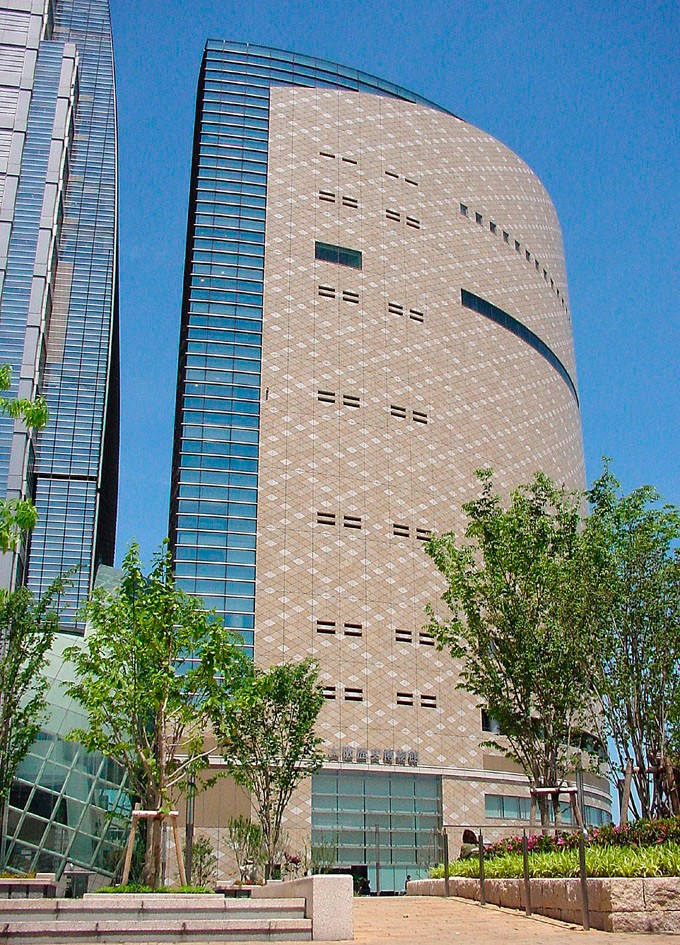
Osaka Museum of History (Source: Google Maps)
The Osaka Museum of History stands as a modern architectural marvel, designed to reflect the evolution of the city. Opened in 2003, it features a unique glass and steel façade, symbolizing the blend of past and present. The museum offers immersive exhibitions that chronicle Osaka's transformation from a small fishing village to a bustling metropolis. Visitors can explore various historical periods through engaging displays, including replicas and interactive installations. The building itself is built on the site of the ancient Naniwa Palace, adding to its cultural significance. The observation deck provides stunning views of Osaka Castle and the surrounding cityscape.
Naniwa Bridge (Lion Bridge)
Known for its unique lion statues, Naniwa Bridge is an architectural highlight that connects you to the bustling heart of Osaka.
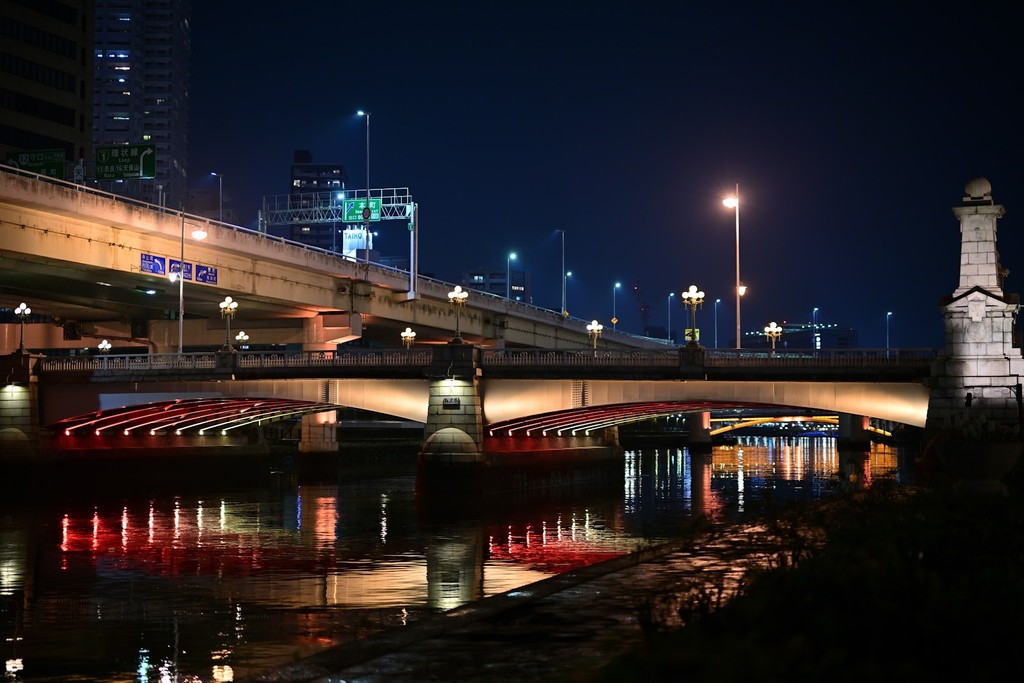
Naniwa Bridge (Lion Bridge) (Source: Google Maps)
Naniwa Bridge, commonly known as Lion Bridge, is an architectural gem that connects the vibrant areas of Osaka. This bridge gets its name from the two lion statues that guard its entrances, symbolizing strength and protection. Originally constructed in the Edo period, the bridge has undergone several renovations, blending traditional Japanese design with modern elements. It serves as a vital link in the city’s transport network and is a popular spot for both locals and tourists. The bridge offers picturesque views of the surrounding river and city, making it a favored location for photography. Its historical significance and unique design contribute to its status as a cultural landmark.
Central Public Hall
Discover this iconic early 20th-century building known for its elegant design and cultural significance.
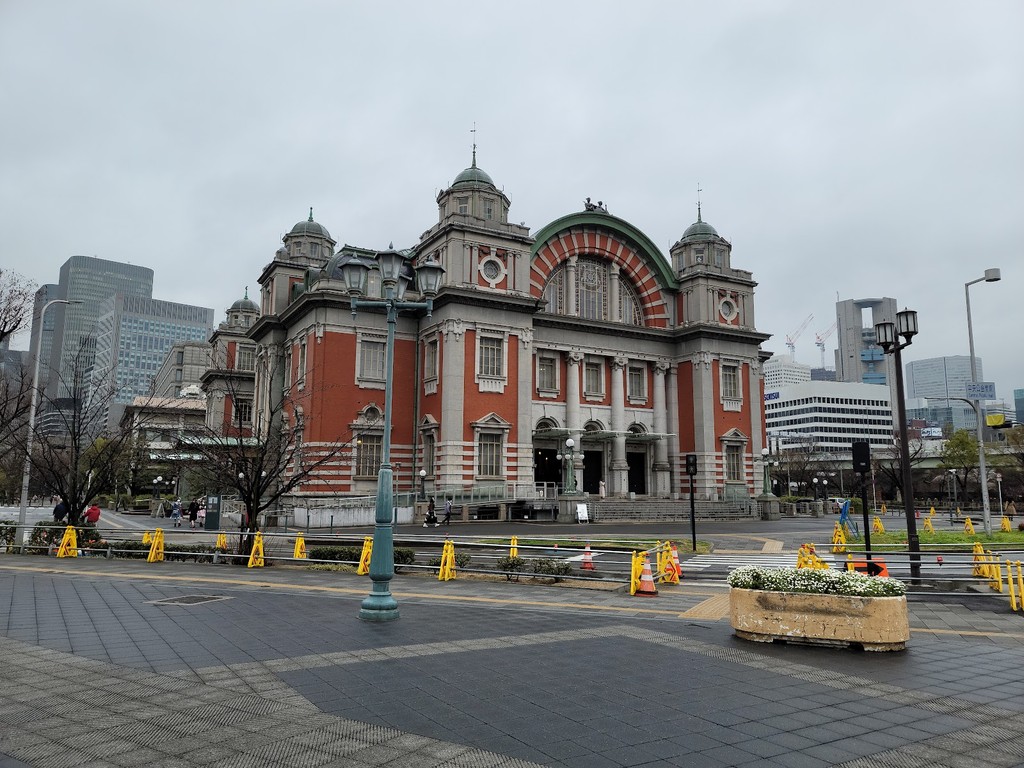
Central Public Hall (Source: Google Maps)
The Central Public Hall is an iconic early 20th-century building that showcases the Western architectural influence on Japanese design. Completed in 1918, this structure features a beautiful blend of Renaissance and Baroque styles, characterized by its grand façade, elegant columns, and intricate detailing. Historically, it served as a government building and has hosted numerous cultural events, making it a significant part of Osaka’s social fabric. The hall is surrounded by a serene park, providing a tranquil escape in the bustling city. Today, it is a venue for concerts, exhibitions, and public gatherings, continuing its legacy as a cultural hub.
Bank of Japan Osaka Branch Old Building
Admire this historic building, a fine example of Western-style architecture from the early 20th century.
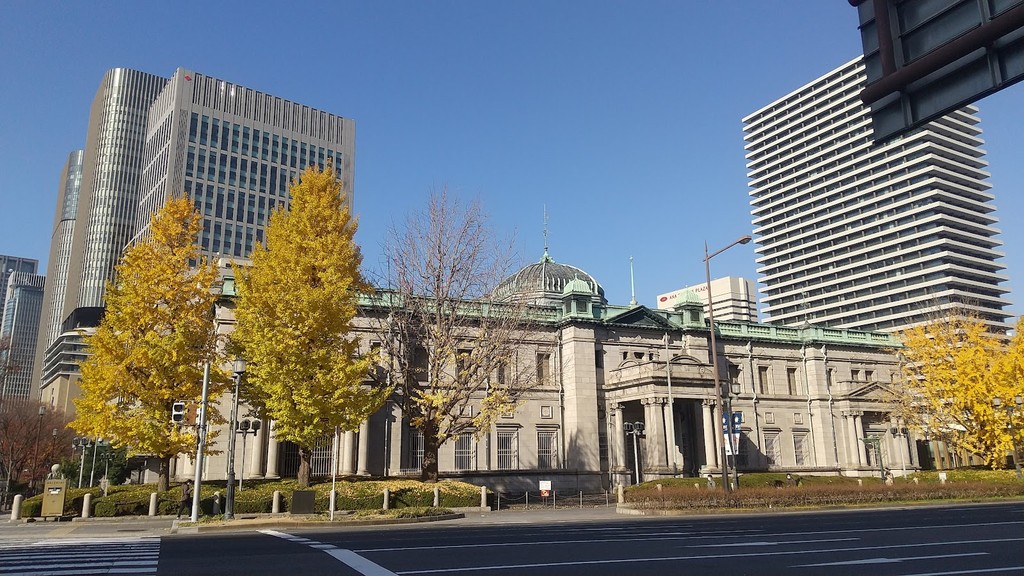
Bank of Japan Osaka Branch Old Building (Source: Google Maps)
The Bank of Japan Osaka Branch Old Building is a fine example of Western-style architecture from the early 20th century. Completed in 1903, this historic building features a neoclassical design with grand columns and intricate stonework, reflecting the architectural trends of its time. It served as the central bank's branch in Osaka, playing a vital role in the city’s economic development. The building's rich history is complemented by its cultural significance, as it represents the modernization of Japan during the Meiji era. Today, it stands as a testament to the architectural heritage of Osaka, attracting visitors who appreciate its historical and aesthetic value.
Hep Five Ferris Wheel
Located atop a shopping complex, this Ferris wheel offers a unique architectural experience and stunning views of the city.
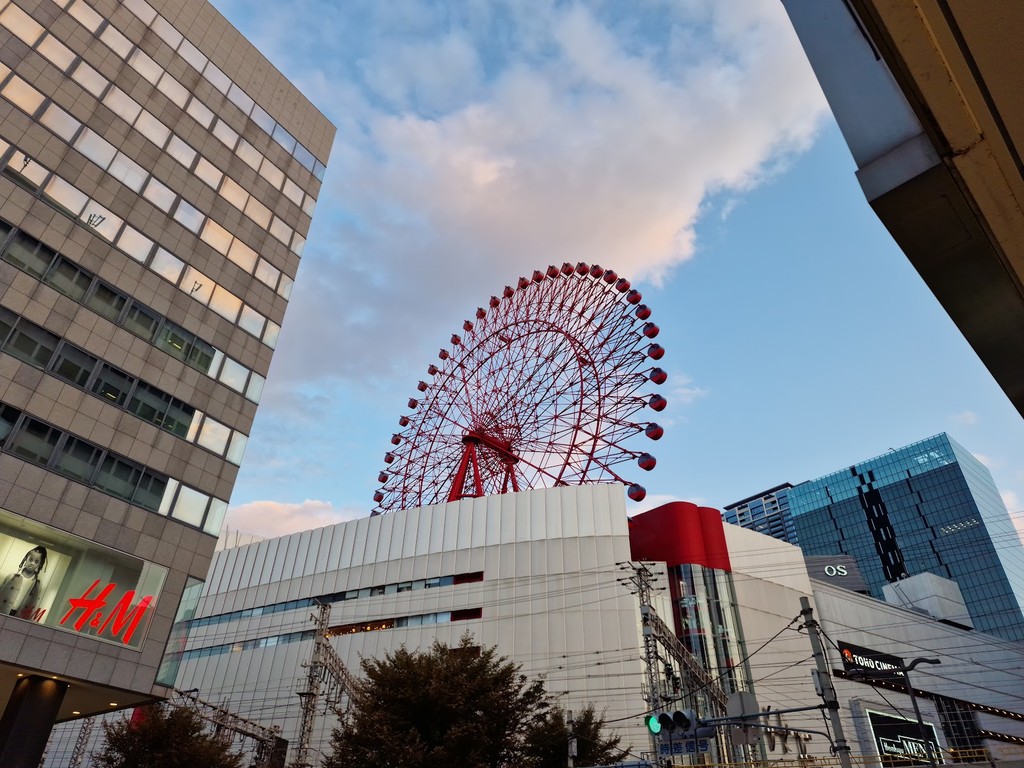
Hep Five Ferris Wheel (Source: Google Maps)
The Hep Five Ferris Wheel is a striking architectural landmark located atop a shopping complex in Osaka. Standing at 75 meters, it offers breathtaking views of the city skyline and beyond. Opened in 1997, the Ferris wheel is designed to resemble a giant red ring, symbolizing the vibrancy of Osaka's urban landscape. Each cabin is fully enclosed, providing a comfortable experience for riders as they ascend. The ride takes approximately 15 minutes, allowing guests to enjoy panoramic vistas of iconic structures like the Umeda Sky Building and Osaka Castle. The Ferris wheel has become a popular attraction, especially at night when it is beautifully illuminated.
Kiji Okonomiyaki
Situated near the Umeda Sky Building, enjoy a taste of Osaka's famous okonomiyaki at this popular establishment.

Kiji Okonomiyaki (Source: Google Maps)
Osaka Station City
Explore this architectural wonder, a major transit hub with a striking design and a rooftop garden.
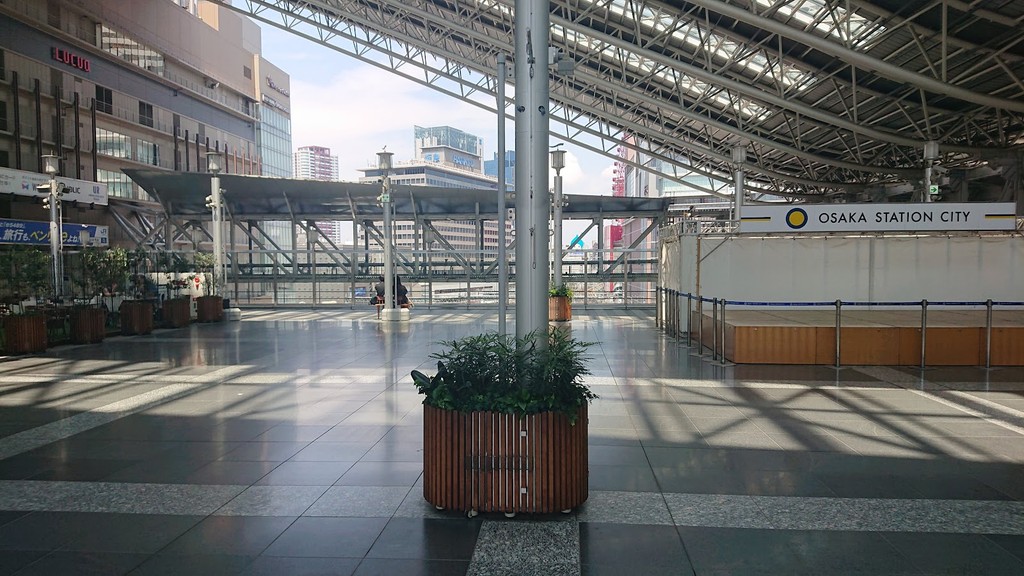
Osaka Station City (Source: Google Maps)
Osaka Station City is a major transit hub and architectural wonder that redefines urban space in the heart of Osaka. Opened in 2011, the station features a stunning blend of modern design and functionality, with a spacious atrium and a rooftop garden that offers a serene escape from the bustling city below. The station serves as a vital transportation center, connecting various train lines and providing access to shopping, dining, and entertainment options. Its innovative design incorporates natural light and greenery, creating a welcoming atmosphere for travelers. The station's architecture reflects the city’s commitment to modernity while honoring its historical roots.
Umeda Sky Building
Marvel at this modern architectural masterpiece, featuring a floating garden observatory with panoramic views of Osaka.
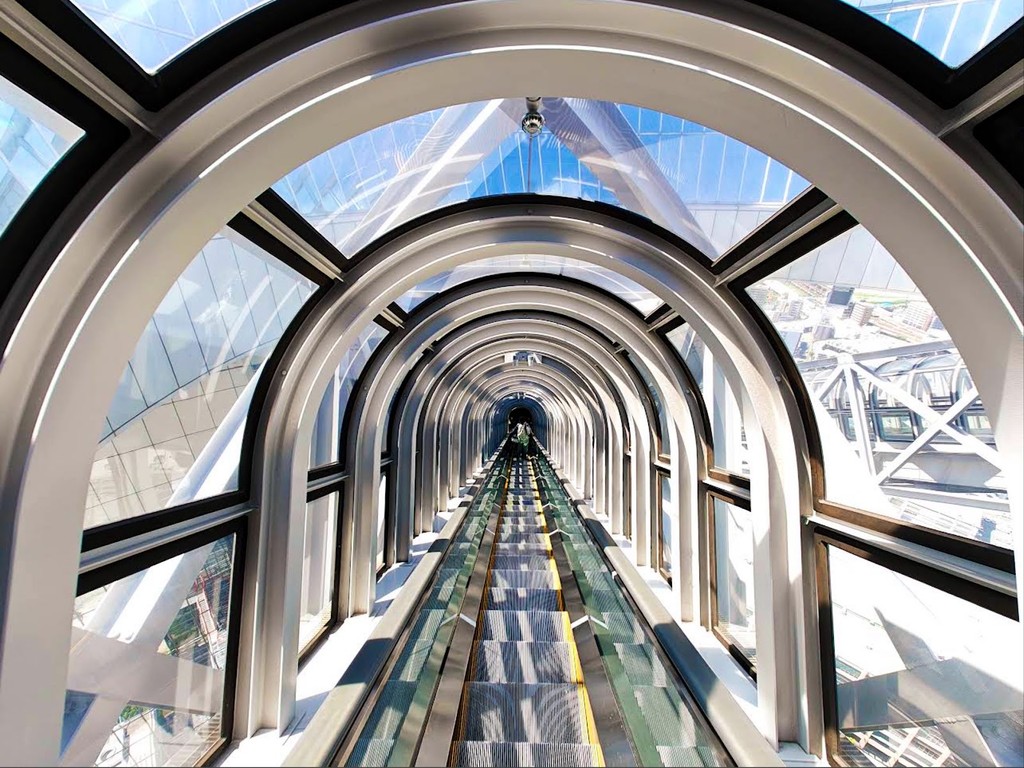
Umeda Sky Building (Source: Google Maps)
The Umeda Sky Building is a remarkable modern architectural masterpiece that has become a symbol of Osaka. Completed in 1993, this iconic structure features a unique design with two towers connected by a floating garden observatory. The futuristic design stands out against the Osaka skyline, with its glass façade and innovative use of space. The observatory offers 360-degree views of the city and surrounding areas, making it a popular destination for tourists and locals alike. Inside, visitors can explore various dining and shopping options, all while enjoying the building's striking architecture. The Umeda Sky Building exemplifies Osaka's spirit of innovation and creativity.

Your travels, your rules.
Create your own Free Walking Tours.
Set your preferences, distances and anything you want to do or see.
Completely free, no payment required.